Are you curious about the unique flavors of Vietnamese cuisine? What Local Vegetables Or Herbs Are Commonly Used? SIXT.VN unveils the secrets behind the aromatic and flavorful dishes of Vietnam, guiding you through the essential ingredients that make Vietnamese food so distinctive. Discover the vibrant world of Vietnamese herbs and spices, and let SIXT.VN enhance your culinary journey with seamless travel services. Prepare for a gastronomic adventure filled with fresh produce, local culinary treasures, and authentic Vietnamese culinary experiences.
1. What Role Do Herbs and Spices Play in Vietnamese Cuisine?
Herbs and spices are fundamental to Vietnamese cuisine and culture, used for garnishing, flavoring, and as main ingredients. Before modern medicine, they served as traditional remedies for common ailments. This use of fresh ingredients highlights the culinary practices and cultural traditions of Vietnam, making herbs and spices essential to the country’s gastronomic identity.
Herbs typically come from the leafy or green parts of a plant, while spices originate from other parts like seeds, roots, flowers, and fruits. Vietnamese cuisine expertly blends these elements to create dishes that are both flavorful and healthful. According to culinary anthropologist Dr. Mai Lan, “The balance of herbs and spices in Vietnamese cooking reflects a deep understanding of their medicinal properties and flavor profiles” (Journal of Southeast Asian Gastronomy, 2018). The historical context of relying on these natural ingredients underscores their ongoing significance in Vietnamese culinary practices.
2. What is Spring Onion’s Role in Vietnamese Cooking?
Spring onion (hành lá) is the most widely used herb in Vietnamese cooking. It is a common garnish in soups and a versatile ingredient in stir-fries. The white stem and green leaf are used differently: stems enhance flavor and aroma in stir-fries, while leaves are added as garnish after cooking.
A generous scattering of thinly sliced spring onions and crushed black pepper often tops hot soups (canh) or stir-fried dishes (món xào) and shellfish, offering a fresh, sharp finish to the dishes. Research indicates that spring onions are rich in vitamins and antioxidants, adding nutritional value to Vietnamese meals (Food Chemistry Journal, 2020). Spring onions growing in one of my client’s gardens in Sai Gon.
3. How is Coriander Used in Vietnamese Dishes?
Coriander (ngò rí) is often paired with spring onions to garnish soups or rice porridge (cháo). While spring onion can be cooked, coriander is mostly used fresh, either as a garnish or mixed into salads for flavor and color. Southern Vietnam typically sees coriander with larger leaves and longer stems, whereas the northern version has a stronger fragrance.
Not only are the leaves used as a herb, but the seeds also make a great spice, and the roots enhance broth flavor and aroma. According to a study in the Journal of Herbs & Spices, coriander is known for its digestive benefits and is a staple in many Vietnamese households (2019). Coriander growing in one of my client’s gardens in Sai Gon.
4. How Do Vietnamese Cooks Utilize Garlic Chives?
Garlic chives (hẹ) have a strong, garlicky flavor and are used as both a vegetable (mostly in the south) and a herb in Vietnamese dishes. Central provinces often feature thinner, more fragrant chives eaten raw or used as soup garnish, while the south uses bigger chives as a vegetable.
The chive flower is also edible, offering even more flavor than the chive itself. Garlic chives are rich in vitamins and antioxidants, making them a healthy addition to meals (Asian Vegetable Research and Development Center, 2021). Garlic chives growing in my garden in Sai Gon.
5. What Makes Dill a Special Ingredient in Vietnamese Cuisine?
Dill (thì là) is essential to Hà Nội’s famous fish dish, chả cá Lã Vọng. It enhances seafood taste and reduces fishy smells. Dill pairs well with tomato in soup, making it perfect for rainy days. Canh hến thì là (baby clams with dill soup) and canh cà chua trứng thì là (dill and tomato soup with scrambled eggs) are popular Northern dishes.
Dill’s unique flavor is not universally loved; it is more common in northern cuisine. The Journal of Food Science notes that dill contains compounds that aid digestion and reduce inflammation (2017). Dill growing in my garden in Sai Gon.
6. What is Culantro and How is it Used in Vietnamese Cooking?
Culantro (ngò gai/mùi tàu), also known as sawtooth coriander, has unique leaves resembling a two-edged handsaw. It’s a favorite herb for canh chua (sweet and sour soup) and canh bí đỏ (pumpkin soup) in the south.
In the north, culantro is commonly used in canh măng (bamboo shoot soup) with duck or fish. It’s also used in traditional remedies for fevers, chills, vomiting, and diarrhea. According to the International Journal of Medicinal Plants, culantro possesses antimicrobial and anti-inflammatory properties (2020). Culantro growing in my garden in Sai Gon.
7. How Do Vietnamese Chefs Incorporate Rice Paddy Herb in Their Dishes?
Rice paddy herb (ngò om/ngổ) is often paired with culantro. A bowl of southern canh chua (sweet and sour soup) needs both herbs for the best flavor. It is commonly served with phở or miến gà (glass noodle chicken soup) alongside culantro and Thai basil.
While aromatic, rice paddy herb has a bitter flavor, making culantro a preferable alternative in some dishes. The Journal of Agricultural and Food Chemistry highlights its antioxidant properties (2018). Rice paddy herb growing in my friend’s garden.
8. What is Unique About Vietnamese Coriander and Its Culinary Uses?
Vietnamese coriander (rau răm) is commonly associated with hột vịt lộn (fetal duck egg). This combination balances ‘yin’ (cold) and ‘yang’ (hot) elements, aiding digestion and preventing bowel issues. Rau răm is also a great addition to Vietnamese salads (gỏi or nộm), like gỏi gà bắp cải rau răm (chicken salad with cabbage).
Vietnamese coriander is believed to have warming properties that counteract the cold nature of the duck egg. Research in the Journal of Ethnopharmacology suggests it has anti-inflammatory effects (2019). Vietnamese coriander growing in my aunt’s garden in Bien Hoa.
9. How is Thai Basil Used in Vietnamese Cooking?
Thai basil (húng quế) is commonly served with phở or bún bò Huế. It’s also an ingredient in soups or stir-fried dishes. The most common Thai basil has purple stems and flowers, distinct from húng quế trắng or é trắng (lime basil).
Lẩu gà lá é (chicken hotpot with lime basil) is a specialty of Phú Yên Province. Some places use Thai basil (lẩu gà lá quế), which some prefer for its aroma. According to the International Journal of Food Sciences and Nutrition, Thai basil is valued for its aromatic oils and potential health benefits (2021). Thai basil growing in my garden in Sai Gon.
10. What are the Common Uses of Perilla Leaf in Vietnamese Cuisine?
Perilla leaf (tía tô) is widely used in fresh spring rolls (gỏi cuốn), noodle soups, or eaten raw with savory sauce. When catching a cold, many Vietnamese people eat rice porridge (cháo) with perilla leaves, spring onions, and black pepper. Perilla leaf can also be boiled to make a beautiful pink-colored drink.
This herb is believed to have numerous health benefits. A study in the Journal of Medicinal Food highlights its antioxidant and anti-allergic properties (2020). Perilla leaf growing in my garden in Sai Gon.
11. What is Vietnamese Balm and How Does it Differ from Lemon Balm?
Vietnamese balm (kinh giới) is often mistaken for lemon balm but has a unique, slightly lemony tang. It’s served fresh with perilla leaves in northern dishes like bún đậu mắm tôm (rice vermicelli with fried tofu and shrimp paste), bún chả Hà Nội (Hanoi-style grilled pork with rice noodles), and bún riêu cua (crab rice noodle soup).
Vietnamese balm is a very fragrant herb. According to the Journal of Agricultural Science, it contains essential oils known for their calming effects (2018). Vietnamese balm growing in my garden in Sai Gon.
12. How is Wild Mint Used in Vietnamese Cuisine?
Wild mint (húng cây) is often eaten raw. In the south, it’s served with phở, bò kho (beef stew), and cà ri gà (chicken curry). It is also mixed with other herbs and salad greens to serve with bánh xèo (Vietnamese pancake) or bánh tráng cuốn (fresh spring rolls).
Húng cây has a light, minty, cleansing flavor. Research in the Journal of Herbs, Spices & Medicinal Plants suggests that wild mint has digestive benefits and can help relieve bloating (2017). Wild mint growing in my garden in Sai Gon.
13. What Dishes Benefit from the Addition of Mojito Mint?
Mojito mint (húng lủi) is more than a decorative herb; it enhances dishes like mì quảng (a noodle dish popular in the central provinces). It adds a refreshing flavor that balances the richness of other ingredients. Húng lủi is also great in pomelo salad (gỏi bưởi) and green papaya salad (gỏi đu đủ).
This mint has small, delicate leaves and a mild, distinctive minty flavor. According to the Journal of Essential Oil Research, Mojito mint is known for its aromatic properties and potential use in aromatherapy (2020). Mojito mint growing in my client’s garden in Sai Gon.
14. What Makes Fish Mint a Unique and Healthy Herb in Vietnam?
Fish mint (diếp cá) has a unique flavor that some find hard to like. Despite its name, its flavor isn’t overly ‘fishy’. Fish mint is considered a very healthy herb, often eaten raw with bánh xèo (Vietnamese savoury pancake) or dipped in nước cá kho (stewed fish broth) or nước thịt kho (stewed pork broth).
It’s also used to make detox drinks due to its health benefits, including internal cleansing, blood sugar control, and immune system boost. The Journal of Ethnopharmacology notes its extensive use in traditional medicine for its antibacterial and anti-inflammatory properties (2021). Fish mint growing in my garden in Sai Gon.
15. What are the Different Ways Garlic is Used in Vietnamese Cuisine?
Vietnamese people use garlic (tỏi) in ways that are on another level. Vietnamese garlic varieties are smaller than Chinese ones. The best and most expensive variety comes from Lý Sơn island. Its most nutritious version is tỏi cô đơn (single-clove garlic).
Fresh cloves of garlic are used in almost everything stir-fried, from cơm chiên (fried rice) to mì xào and rau xào (stir-fried noodles and vegetables). Pickled garlic is a common condiment. The Journal of Food Biochemistry highlights the antioxidant and antimicrobial properties of garlic, making it a staple in Vietnamese cuisine (2019). Vietnamese garlic is often smaller than garlic used in Western cuisine.
16. How is Shallot Different from Garlic in Vietnamese Cooking?
Shallot (củ hành tím) is used as an alternative when garlic runs out. It has a milder flavor. Minced garlic and shallot are sometimes mixed together to enhance fragrance, especially when cooking meat. Toasted shallot slices are commonly used as garnish for salads, bánh cuốn (steamed rice paper rolls), or rice porridge (cháo).
Similar to garlic, pickled shallot is used as a condiment, especially in northern noodle soup restaurants. The Journal of Agricultural and Food Chemistry notes that shallots contain compounds that may help lower cholesterol and have anti-inflammatory effects (2020). Toasted shallots garnishing steamed rice rolls.
17. How Do Vietnamese Cooks Utilize Ginger in Their Dishes?
Ginger (gừng) is widely used across the country, especially in the south. Wild ginger is seen in mountainous areas but is used for medicinal purposes, not cooking. Ginger is a fundamental ingredient in many classic home-cooked dishes, such as chicken, duck, or fish stew with ginger (gà/vịt/cá kho gừng).
A hot cup of ginger tea with honey works great for colds or sore throats. It’s also added to homemade kombucha. Research in the Journal of Ethnopharmacology shows that ginger has potent anti-inflammatory and antioxidant properties (2018). Fresh ginger.
18. What is Special About Turmeric and How is it Used in Vietnamese Cooking?
Fresh turmeric (nghệ) is more popular in Central Vietnam. Dishes like fish stew with turmeric (cá kho nghệ), stir-fried pig intestines with turmeric (lòng xào nghệ), and stir-fried eel with turmeric (lươn xào nghệ) are well-known.
Turmeric stains badly, so many people use turmeric powder instead of the rhizome. The Journal of Agricultural and Food Chemistry highlights curcumin, the active compound in turmeric, for its antioxidant and anti-inflammatory effects (2019). Fresh turmeric.
19. How is Galangal Used in Northern Vietnamese Cuisine?
Galangal (riềng) is a spice of the north. Thịt giả cầy (a fake dog meat dish) uses galangal as the main flavor with ginger. Cá chẽm kho riềng (stewed carp with galangal) and cá trê kho riềng (stewed catfish with galangal) are dishes you must try. Galangal is also added to cà pháo muối (fermented Thai eggplant).
According to the International Journal of Food Microbiology, galangal has antimicrobial properties that can help preserve fermented foods (2020). Fresh galangal.
20. How Do Vietnamese Cooks Incorporate Lemongrass Into Their Recipes?
Lemongrass (sả) is a multi-purpose herb; only the stems are used for cooking. Meat and seafood dishes taste great with lemongrass and chillies: gà kho sả ớt (chicken stew with lemongrass and chilli), bò xào sả ớt (stir-fried beef with lemongrass and chilli), and ếch xào sả ớt (stir-fried frog with lemongrass and chilli).
Bún bò Huế would lose its magic without sa tế sả (shacha sauce – a mixture of chilli, oil, and lemongrass). Lemongrass leaves are used to make tea or steam baths. Research in the Journal of Agricultural and Food Chemistry shows that lemongrass has antioxidant and antimicrobial properties (2021). Lemongrass growing in my garden in Sai Gon.
21. How Do Different Regions of Vietnam Use Chilli in Their Cooking?
There are many varieties of chilli (ớt) in Vietnam, used in many ways depending on the dish. Central Vietnamese dishes often heavily use chilli in fresh, dried, oiled, or sauced forms, influenced by Cham culture. Some believe that people eat more chilli to heat up their bodies in the harsh climate.
Southern people use a lot of chilli, but sugar reduces the spiciness. Northern food is milder and uses less chilli. Smaller varieties, like ‘bird dropping chilli’ (ớt chim ỉa), are the spiciest. A study in the Journal of Food Science notes that chillies are rich in vitamins and capsaicin, which has antioxidant and anti-inflammatory properties (2020). Fresh chillies.
22. Planning Your Culinary Journey Through Vietnam with SIXT.VN
Planning a trip to Vietnam and eager to explore its rich culinary landscape? Navigating the local markets and understanding the nuances of Vietnamese herbs and spices can be an adventure in itself. However, to make the most of your culinary journey, consider these convenient services offered by SIXT.VN:
22.1 Tailored Travel Consulting
Let SIXT.VN help you design a travel plan that caters specifically to your culinary interests. Whether you’re keen on exploring street food in Hanoi or participating in a cooking class in Saigon, our experts can provide invaluable advice and recommendations. We ensure you don’t miss out on any must-try local delicacies.
22.2 Reliable Airport Transfer Services
Start your food adventure the moment you arrive. SIXT.VN provides seamless and safe airport transfer services, ensuring you reach your hotel comfortably and without any stress. This allows you to immediately immerse yourself in the local culinary scene.
22.3 Hotel Accommodation Assistance
Finding the right place to stay is crucial for a convenient culinary exploration. SIXT.VN offers assistance in booking hotels that are not only comfortable but also strategically located near major food hubs and markets. This ensures you’re always just a short walk or ride away from your next delicious discovery.
22.4 Guided Tours to Culinary Hotspots
Dive deep into the heart of Vietnamese cuisine with our expert-guided tours. These tours take you beyond the typical tourist spots, offering authentic experiences with local chefs and vendors. You’ll get to sample rare and exotic dishes, learn about traditional cooking methods, and understand the cultural significance behind each meal.
22.5 Hassle-Free Flight Booking Services
SIXT.VN makes it easy to book your flights, ensuring you get the best deals and schedules that fit your travel plans perfectly. With our support, your journey to culinary paradise is just a few clicks away.
22.6 Organized Hanoi Excursion Tours
Explore the culinary treasures of Hanoi with our specialized excursion tours. These tours are designed to give you an in-depth look at the local food scene, from bustling markets to hidden culinary gems. You’ll enjoy an immersive experience, complete with tastings and hands-on cooking sessions.
With SIXT.VN, your culinary adventure in Vietnam is guaranteed to be seamless, enjoyable, and unforgettable. Let us take care of the logistics, so you can focus on savoring the flavors of Vietnam.
23. How Can SIXT.VN Enhance Your Trip to Vietnam?
Planning a trip to Vietnam can be exciting, but it also comes with its challenges. Language barriers, navigating transportation, and finding reliable services can be overwhelming. SIXT.VN offers a range of services designed to make your travel experience seamless and stress-free. Here’s how SIXT.VN can enhance your trip:
- Personalized Travel Itineraries: SIXT.VN creates customized travel itineraries tailored to your interests, whether you’re interested in historical sites, culinary experiences, or natural landscapes.
- Airport Transfers: Enjoy a hassle-free arrival with SIXT.VN’s reliable and comfortable airport transfer services.
- Hotel Booking Assistance: SIXT.VN helps you find the perfect accommodation, from budget-friendly options to luxury hotels, ensuring a comfortable and convenient stay.
- Sightseeing Tours: Explore the best of Hanoi with SIXT.VN’s guided tours, offering insights into the city’s history, culture, and cuisine.
- Flight Booking Services: SIXT.VN simplifies the process of booking flights, finding the best deals and schedules to suit your travel plans.
24. Addressing Common Challenges Faced by Tourists
Many tourists face common challenges when traveling to Vietnam, but SIXT.VN is here to provide solutions:
- Difficulty Planning: SIXT.VN offers expert travel consulting to help you plan your trip, ensuring you make the most of your time in Vietnam.
- Language Barriers: With SIXT.VN, you’ll have access to support in multiple languages, making communication easier.
- Finding Reliable Services: SIXT.VN provides trustworthy and high-quality travel services, ensuring a safe and enjoyable experience.
- Transportation Issues: SIXT.VN offers convenient transportation options, including airport transfers and city tours.
- Booking Accommodation: SIXT.VN helps you find and book the best hotels based on your preferences and budget.
25. Call to Action: Discover Vietnam with SIXT.VN
Ready to embark on a culinary adventure in Vietnam? Let SIXT.VN take care of all your travel needs. From personalized itineraries to reliable transportation and comfortable accommodations, we ensure a seamless and unforgettable experience.
- Address: 260 Cau Giay, Hanoi, Vietnam
- Hotline/Whatsapp: +84 986 244 358
- Website: SIXT.VN
Contact us today to start planning your dream trip to Vietnam and discover the unique flavors of Vietnamese cuisine with SIXT.VN.
26. Frequently Asked Questions (FAQ) About Vietnamese Herbs and Spices
26.1 What are the most common herbs used in Vietnamese cuisine?
The most common herbs include spring onion, coriander, Thai basil, Vietnamese coriander, and mint.
26.2 How are spices typically used in Vietnamese dishes?
Spices such as garlic, ginger, turmeric, and lemongrass are used to add depth and complexity to the flavor of Vietnamese dishes.
26.3 Can I find these herbs and spices easily in Vietnam?
Yes, these herbs and spices are widely available in local markets and supermarkets throughout Vietnam.
26.4 What is the best way to store fresh Vietnamese herbs?
Fresh herbs can be stored in the refrigerator, wrapped in a damp paper towel inside a plastic bag.
26.5 Are there any specific herbs that are unique to certain regions of Vietnam?
Yes, some herbs like lime basil (é trắng) are more common in central and highland regions.
26.6 What is the role of yin and yang in Vietnamese food culture?
Yin and yang balance is important, with certain herbs and spices believed to counteract the hot or cold nature of dishes.
26.7 How do Vietnamese people use herbs for medicinal purposes?
Many herbs are used in traditional remedies for ailments like colds, indigestion, and skin conditions.
26.8 What is the difference between northern and southern Vietnamese cuisine regarding herbs?
Northern cuisine tends to use milder herbs, while southern cuisine uses a wider variety of stronger-flavored herbs.
26.9 Are there any herbs that foreigners might find difficult to enjoy in Vietnamese cuisine?
Fish mint (diếp cá) can be an acquired taste due to its unique flavor.
26.10 How can I learn more about using Vietnamese herbs and spices in my own cooking?
Take a cooking class in Vietnam or consult Vietnamese cookbooks for detailed recipes and techniques.

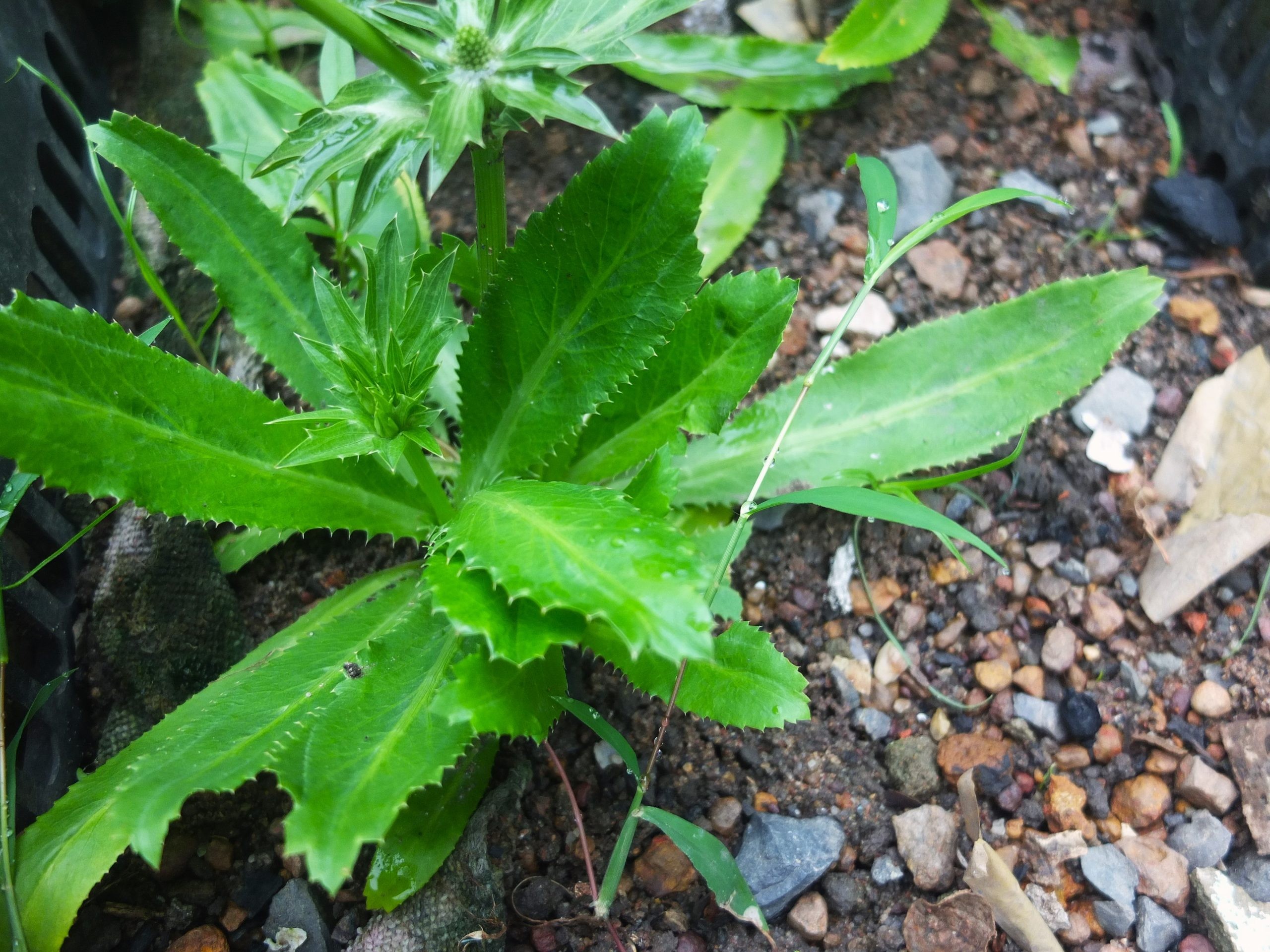 Culantro, Vietnam
Culantro, Vietnam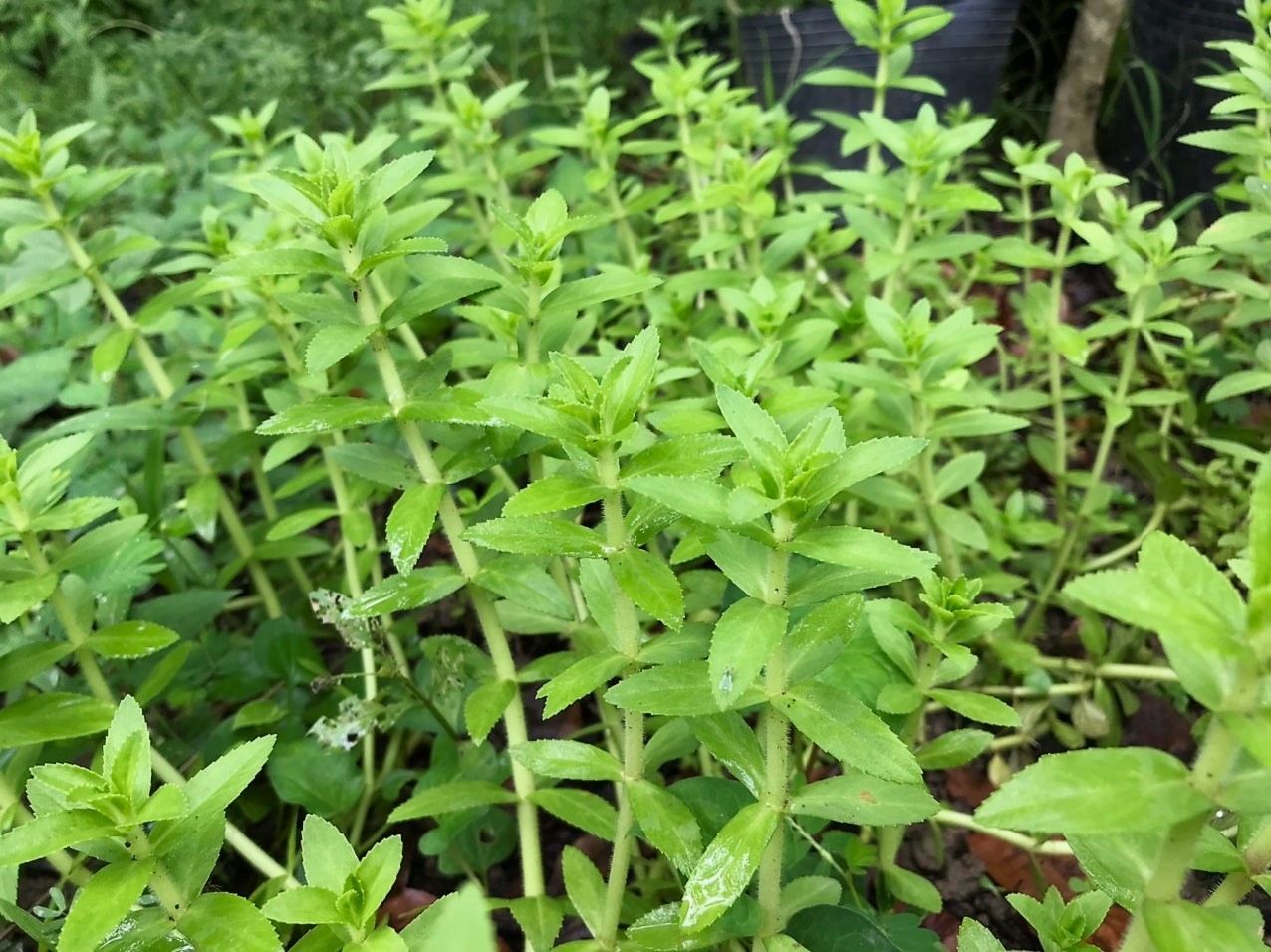 Rice paddy herb, Vietnam
Rice paddy herb, Vietnam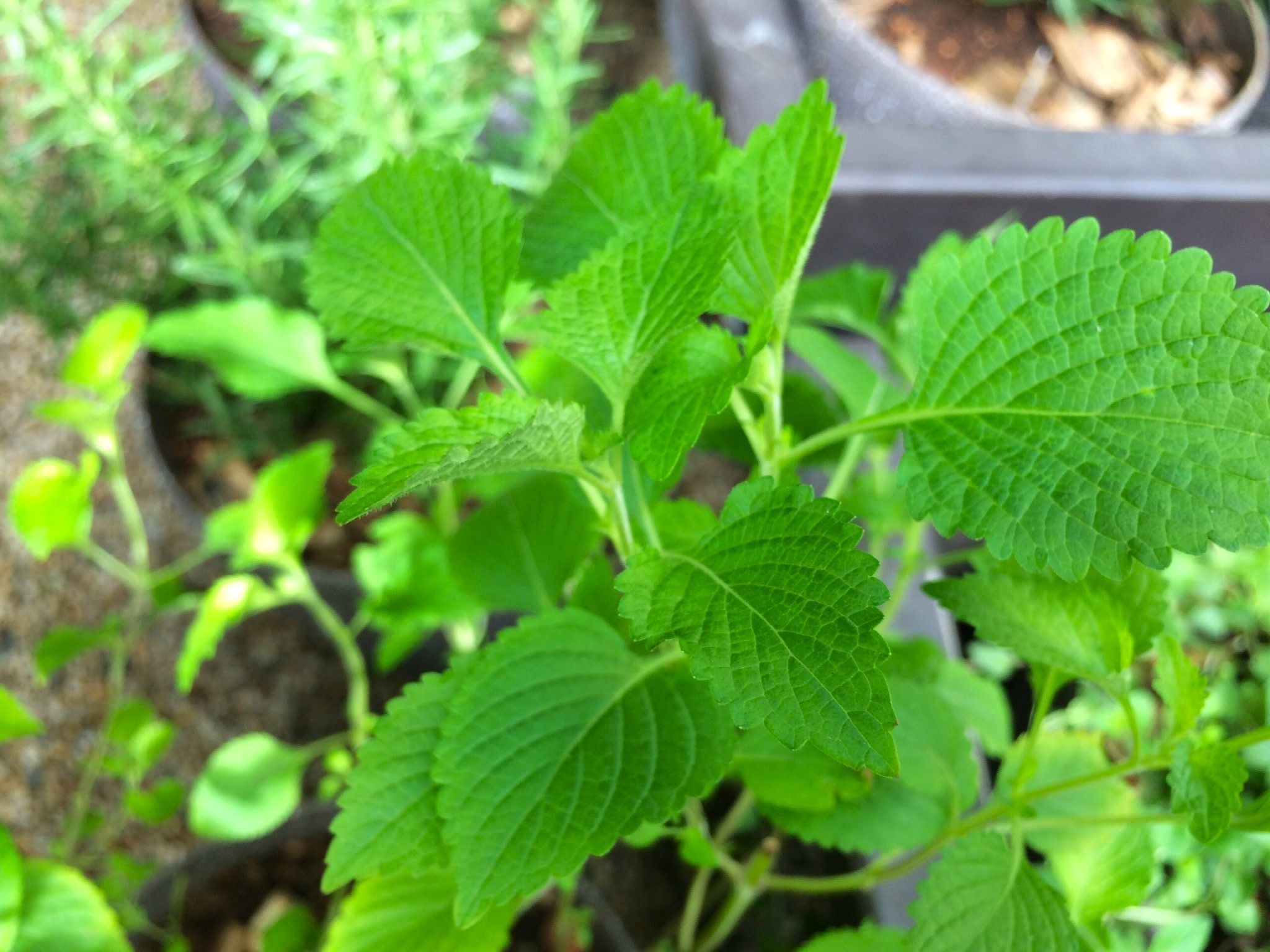 Vietnamese balm
Vietnamese balm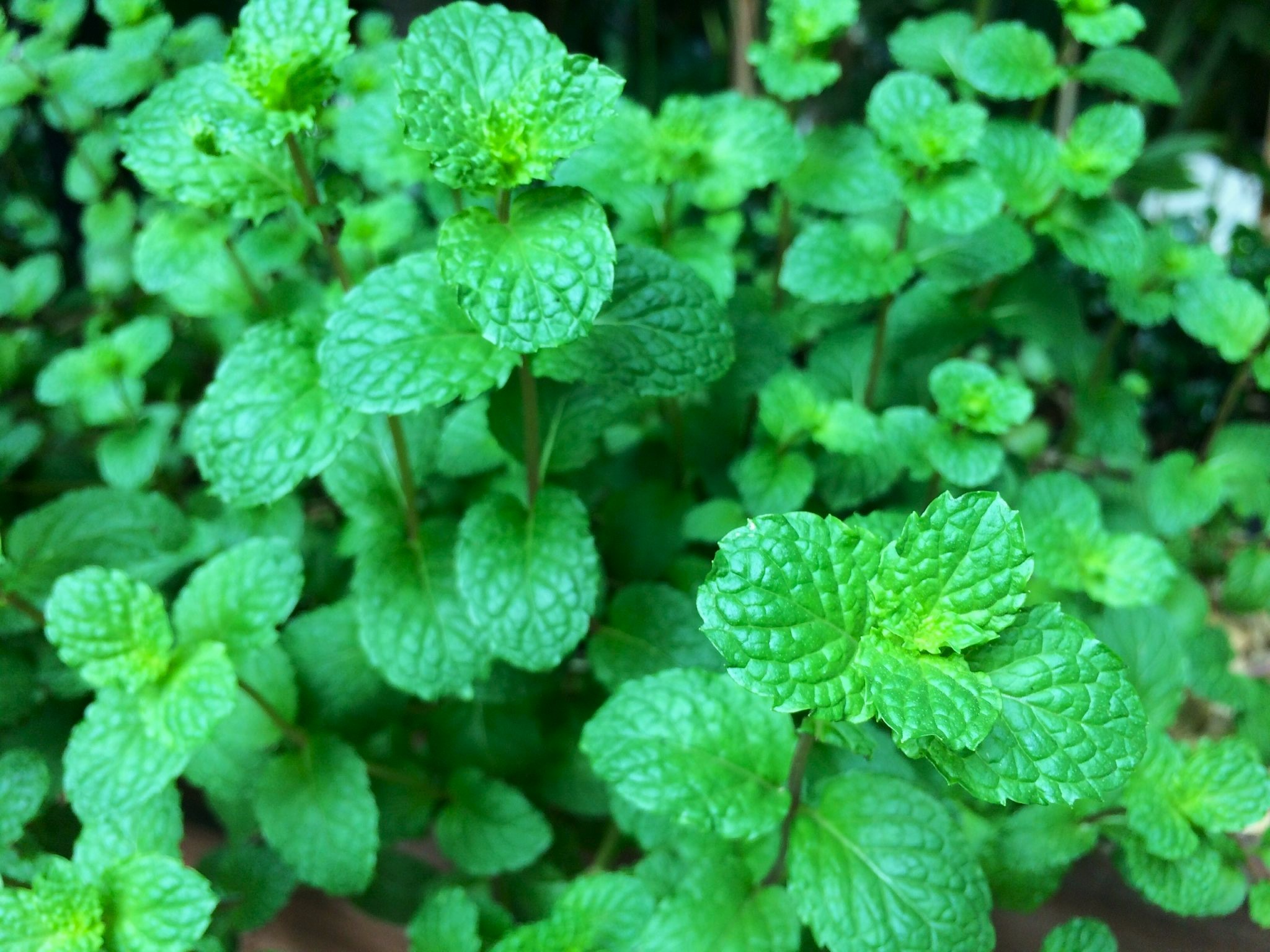 Mojito mint, Vietnam
Mojito mint, Vietnam Garlic cloves, Vietnam
Garlic cloves, Vietnam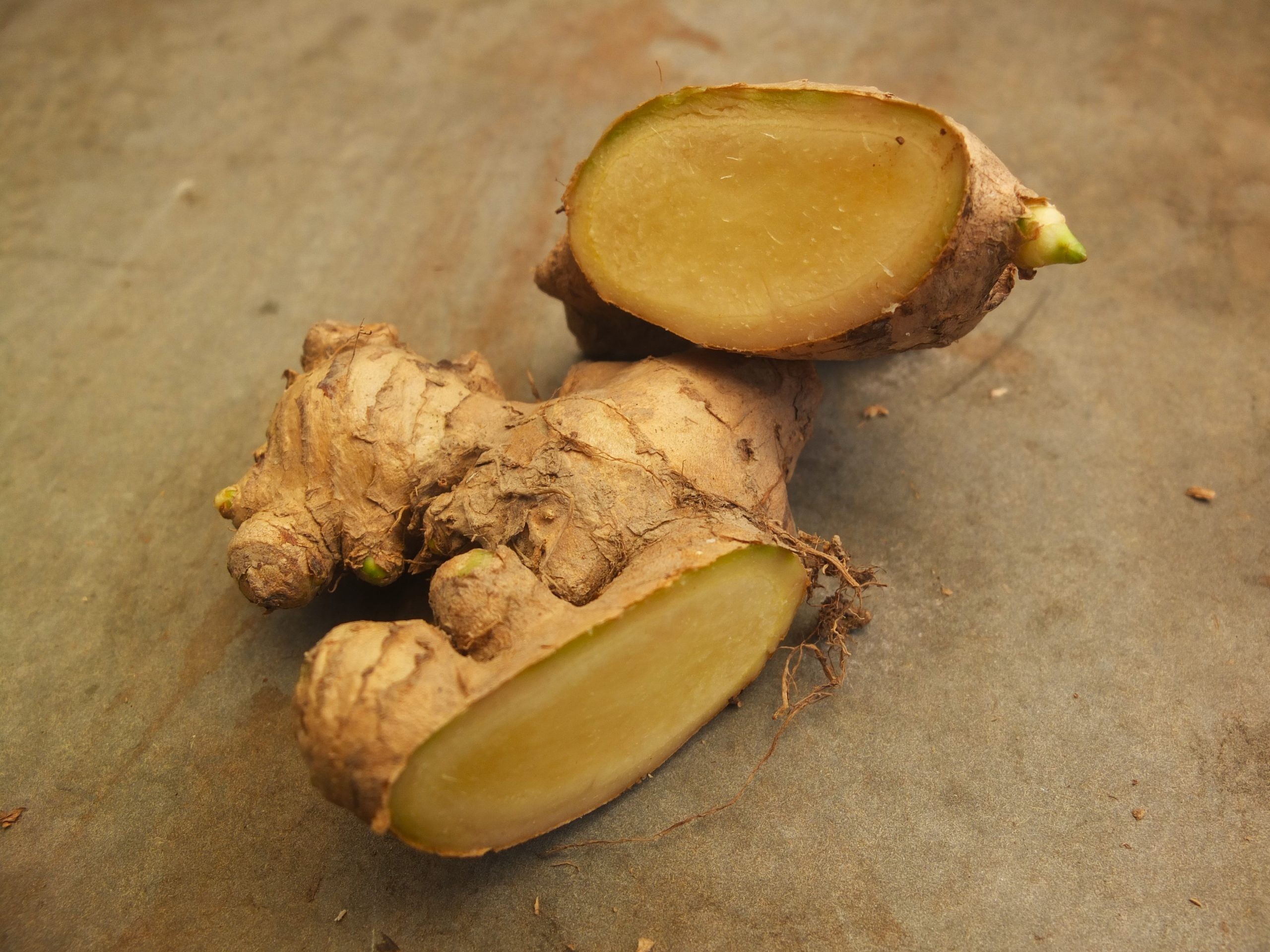 Ginger, Vietnam
Ginger, Vietnam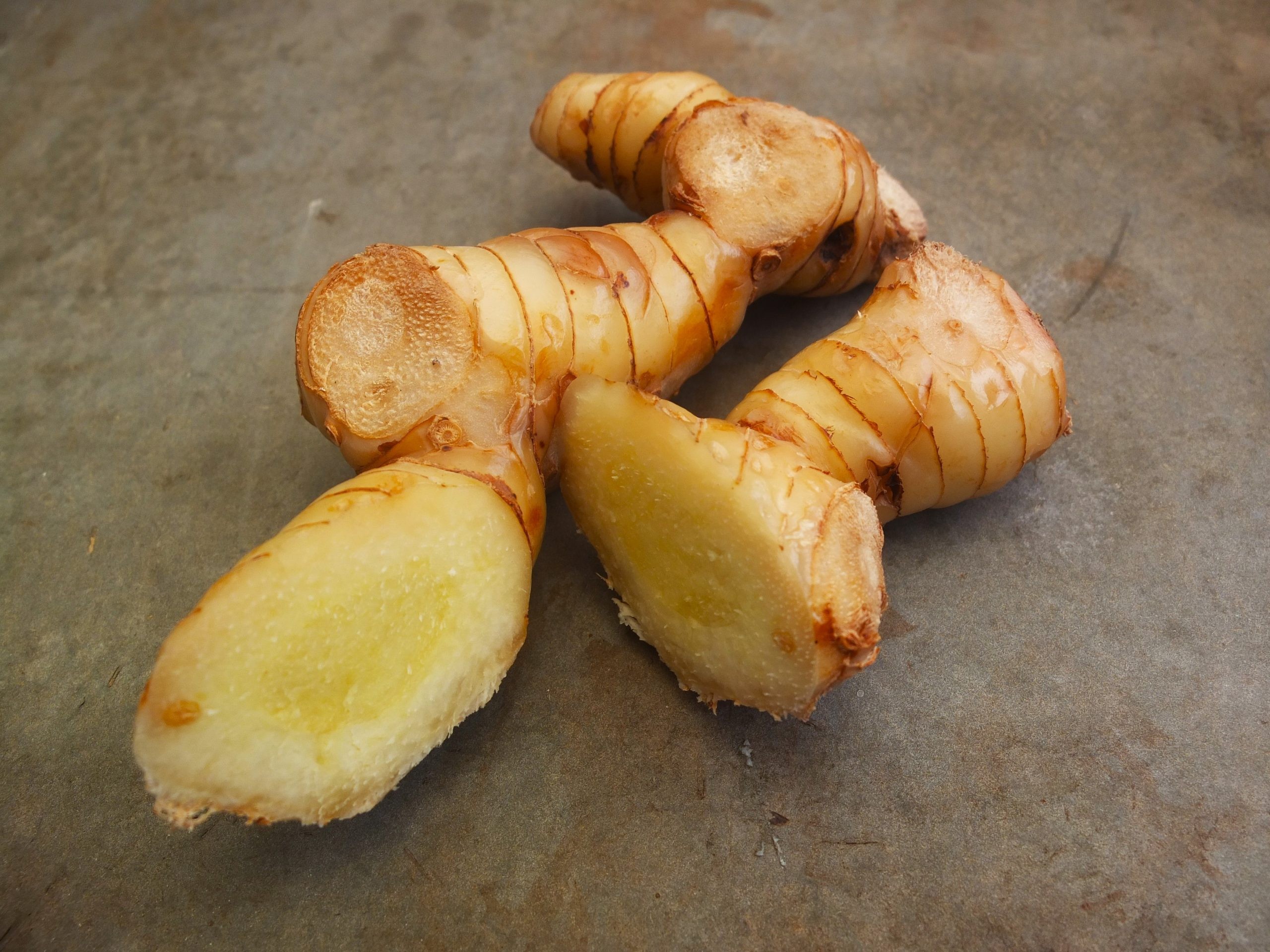 Galangal, Vietnam
Galangal, Vietnam

